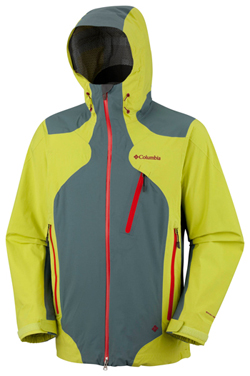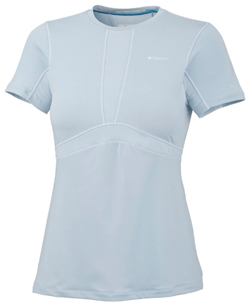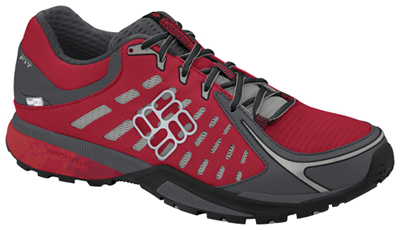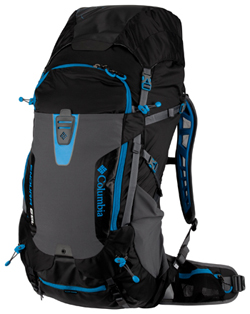Last night, at the California Academy of Sciences in San Francisco, amid dinosaur bones and live stingrays undulating in a shallow pool, Columbia Sportswear previewed its spring 2012 product line. Like this past fall, when I attended a similarly theatrical press shindig in New York’s meatpacking district, the company did not disappoint with its unveilings, announcing unique innovations including moisture-activated “cooling” shirts, sweat-dissipating jackets, and sleeping bags lined with insulating metalized fabric.
The whiz-bang products were accompanied by story-high video screens and strong rhetoric delivered by company execs on the need for innovation and the ills of the outdoor industry. “We aspire to lead this industry,” said one exec on the stage, “and we want to boldly take on the competition.”
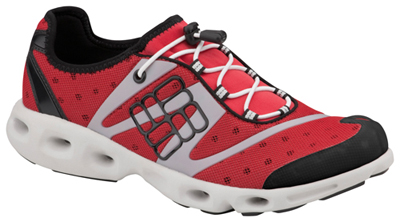
That competition ostensibly is all the brands that, in Columbia’s words, have stagnated and not produced “interesting” products in years. The Columbia team harped on “incremental advances” in backpacks and sleeping bags. The premise presented was that esoteric terminology and marketing words are thrown around that confuse the consumer, and that the “invisible innovation” that industry players trumpet year after year is just mirrors and smoke. “The same stuff that I saw in the early 1990s is still for sale in the outdoor industry today,” an exasperated Mick McCormick, a Columbia VP, told me in the depths of the California Academy of Sciences building.
A large catfish swam past behind an adjacent aquarium wall before I could respond to McCormick’s statement. Indeed, the night, which was attended by Columbia retail and sales partners as well as a couple dozen media types, was in general a mystifying and incongruous display to how the outdoor industry normally operates. Live (human) models wearing to-be-released Columbia clothing mingled with museum security staff and the Columbia PR team. There were insects and dart frogs in terrariums. Men in lab coats stood near experimentation tables, tidy demonstration areas at the ready to show off Columbia’s new tech with beakers, heat plates, eyedroppers, and fabric cut in swaths.
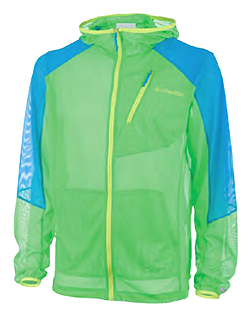
All the fuss was focused on a dozen or so new products, including the aforementioned moisture-activated “cooling” shirts. Columbia let event participants test this “Omni-Freeze ICE fabric” with not a whole shirt but a cut-off single sleeve. I slipped one on and a young woman with a spray bottle soaked down my arm. Within seconds, the chemical effect was noticeable — my arm was getting cool.
All the products previewed last night will not be to market for months. This was a sneak peek event, and Columbia gave participants a look into what its marketing department coined “the end of wet, the end of sweat” for clothing and outerwear made for the outdoors. But superlatives aside, the company, I was convinced, is onto something, at least when it comes to outerwear. The Columbia theory is: There are rarely neat, new, disruptive, influential, consumer-exciting products produced in the outdoor world.
